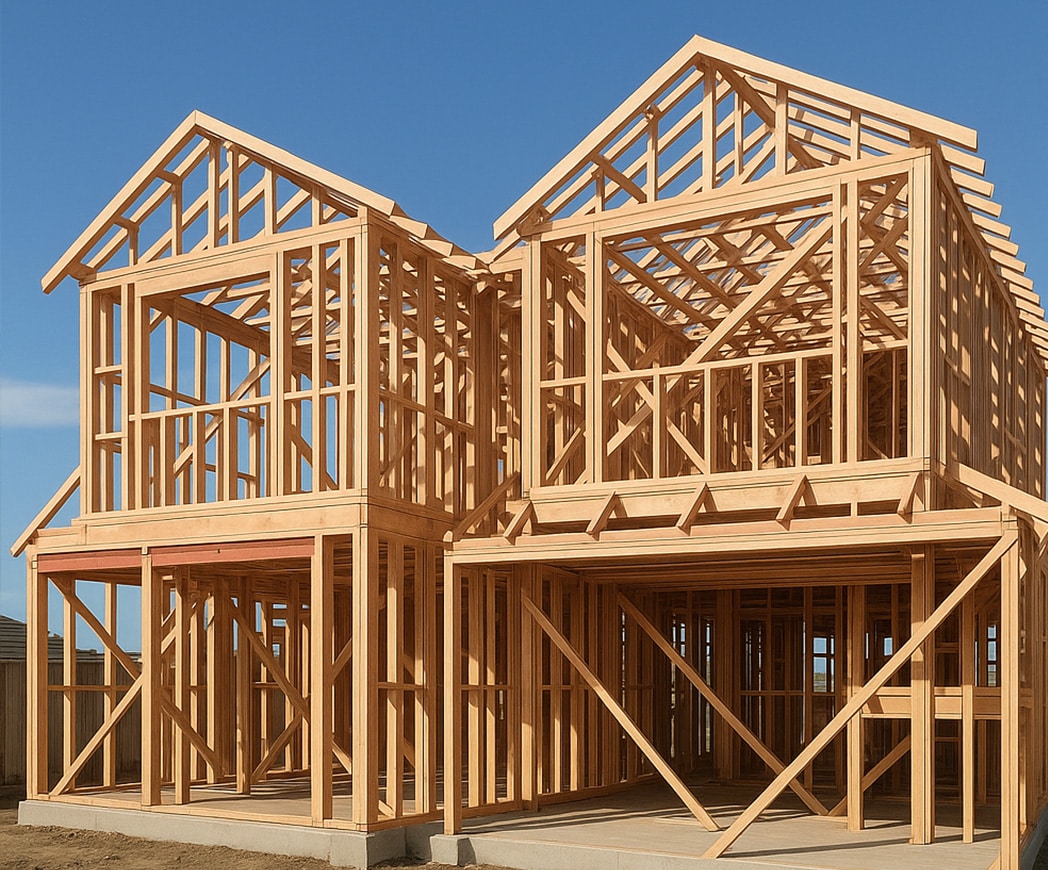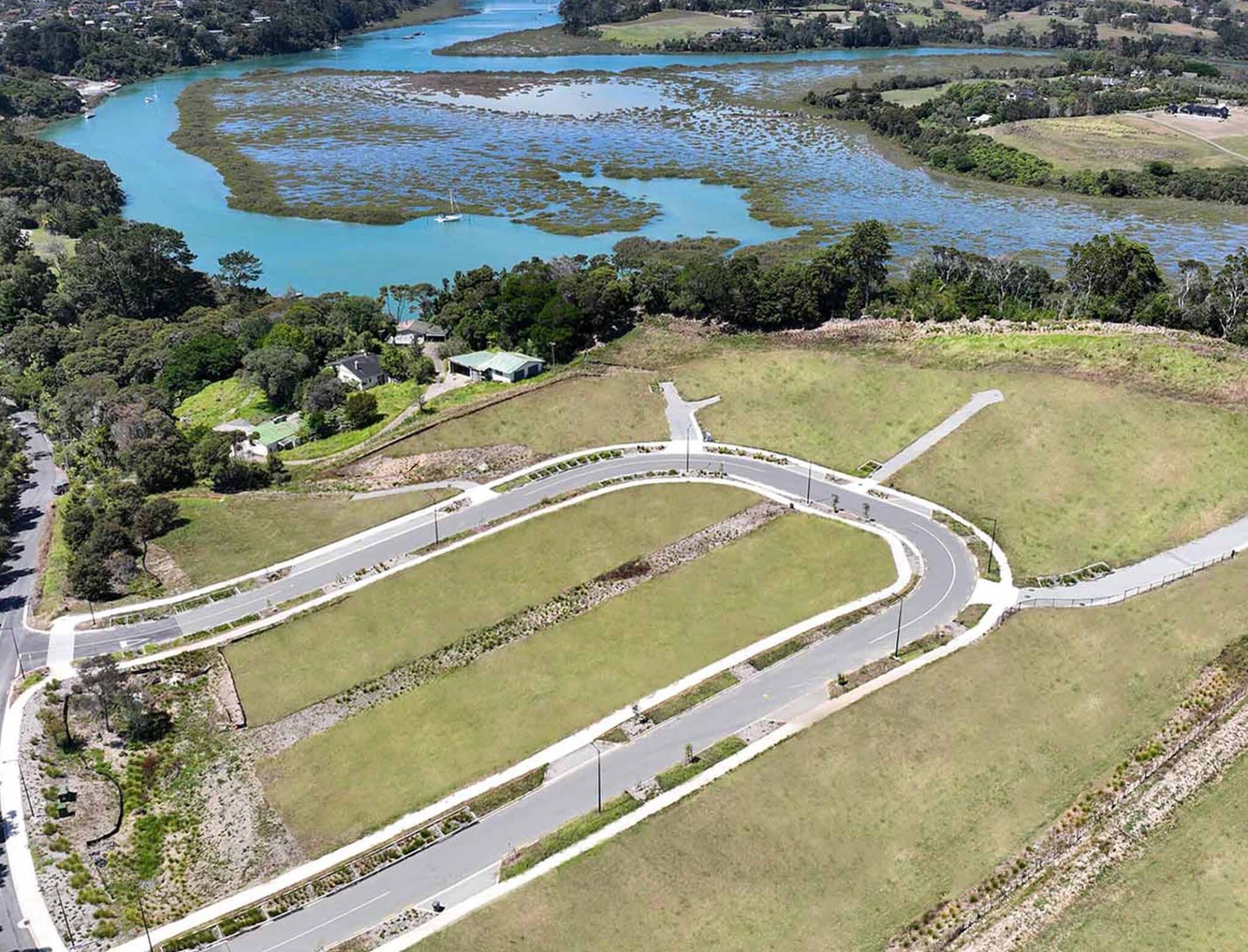By Kaaren Joubert, Planning Manager, Cato Bolam Consultants.
Auckland Council has officially updated its Development Contributions (DC) Policy, set to take effect from 1 July 2025 — providing greater certainty for developers and a more balanced approach to funding growth across the region.
Following a consultation process, the final policy significantly reduces the contribution rates proposed in the draft version released earlier this year. This is a favourable outcome for developers, especially in areas outside of Auckland’s investment priority zones, and will help ease growing cost pressures.
Key outcomes
- Investment Priority Areas On average, development contributions in the investment priority areas, paid in the 2025/2026 financial year, will be $48,000. This is down from the $68,000 that was consulted on, and will increase at 2% per year.
- Elsewhere in Auckland:
Average DCs remain at $20,000 + GST per household equivalent for 2025/26 – (well below the $32,000 originally proposed) and will increase at 2% per year.
This change reflects feedback that a gradual increase in contributions over time is a fairer approach. Starting with lower contributions allows developers to pay similar real-term costs to those who build later, while still ensuring the council can fund key infrastructure investments.

Why the difference?
The investment priority areas have been identified for significant infrastructure investment to support large-scale, long-term growth. Over the next 30 years, Auckland Council has committed to $10.3 billion in capital investment in these areas, with $4.8 billion to be recovered through development contributions.
The rest of Auckland will see $8.9 billion in capital investment during the 2024–2034 Long-term Plan period, with $1.5 billion recovered via contributions at the lower average rate of $20,000.
What this means for developers
- More favourable DCs than originally proposed, helping to protect project viability
- Greater certainty for feasibility planning and long-term budgeting
- A fairer, phased approach to infrastructure funding, with a 2% annual increase instead of locking in high future costs now
- We can assist with identifying whether a specific site falls within an investment priority area.

What this means for home buyers
Because development contributions are typically factored into the sale price of vacant lots and new builds, the reduced rates help limit cost escalation at the end of the development pipeline. While prices are still increasing overall, this outcome eases some of the pressure on new home buyers and supports greater affordability than would have been possible under the originally proposed policy.
Planning a Development?
Now is the time to revisit your property’s feasibility. With Auckland Council’s new Development Contributions Policy coming into effect, understanding how the revised rates apply to your site is essential.
Talk to our expert planning team to explore what this change could mean for your next project — and how it may influence timelines and budgets. We’re here to help you make informed decisions and move forward with confidence.
For more information, visit Auckland Council’s website: New Development Contributions Policy approved – OurAuckland


